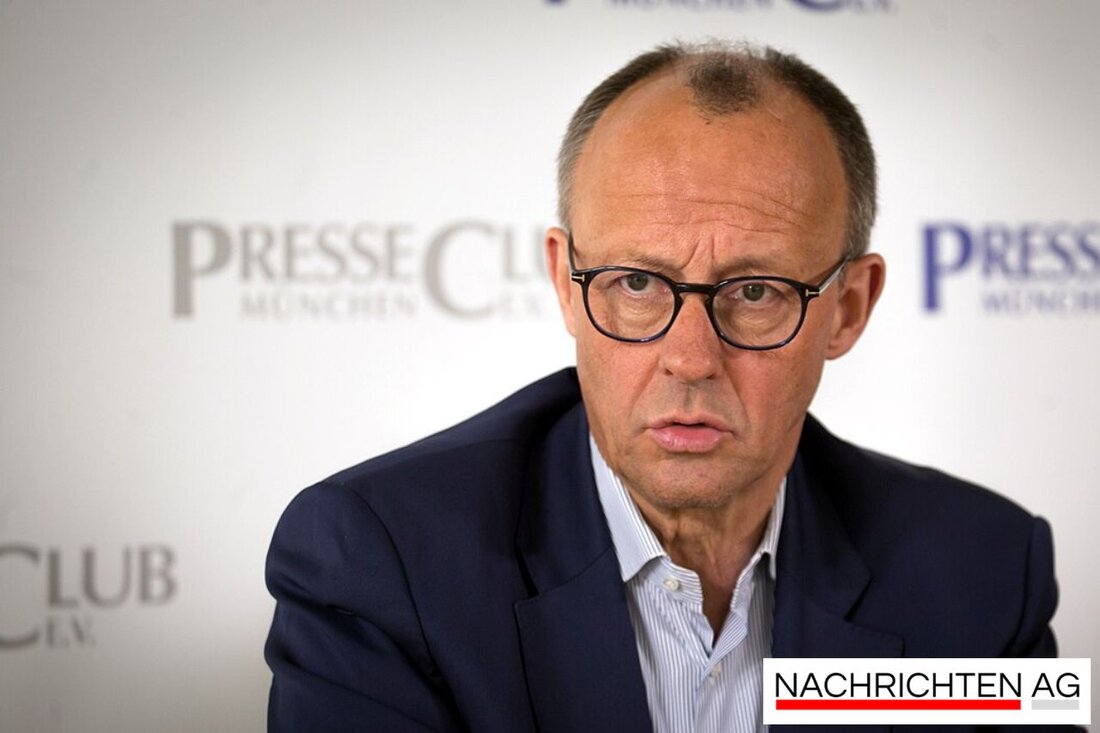Future of work: shorter hours but higher productivity required!
Future of work: shorter hours but higher productivity required!
In today's working world, the focus is on discussion about optimal working hours. Historically speaking, the famous economist John Maynard Keynes forecasted in 1930 that technological developments would lead to people who had to work only about 15 hours a week in 2030. This assumption seems to be far away in today's reality: the average weekly working time in Germany for full -time employees is currently 40.2 hours and for part -time workers 20.8 hours, which leads to an overall average of 34.3 hours. Despite the high workload, there are still voices, including conservative politicians who argue that working hours are too low. Friedrich Merz, the new Chancellor, emphasizes the need to work more efficiently in his first government declaration and sees labor costs in Germany as too high. These considerations raise questions about productivity, since longer working hours alone are not sufficient to increase the added value per hour without increasing wages.
Germany's working hours in international comparison
An analysis shows that Germany works significantly less compared to other economic nations. These findings from a current study clarify that the German working time policy lags behind not only in Germany, but also in an international context. While other countries implement more innovative working time models, a traditional approach is still being followed in Germany, which may not meet the needs of today's employees. This could have long -term effects on the competitiveness of the German economy if there are no adjustments.
working time models of the future
In order to meet the challenges of the modern world of work, companies have to adapt their working time models. These models are crucial for the organizational structure of working hours and contain aspects such as working hours, breaks and flexibility. Common approaches such as full -time work, part -time work, flexitime time, shift work and home office offer various advantages. The home office in particular is considered advantageous because it improves the compatibility of work and family and saves pendulum times.
The implementation of flexible working hours, however, also requires that companies and employees adapt to the new circumstances. Technology, especially digitization, plays an important role and enables employees to work from any and at any time. However, the constant accessibility also contains challenges for the separation of work and leisure.
In order to create a good balance between working hours and leisure time, companies should integrate rest periods and recreation phases into their working time models to prevent burnout. A well thought -out working time model can not only increase productivity and efficiency, but also significantly improve employee loyalty and satisfaction In summary, it can be stated that the discussion about working hours in Germany is complex and various factors have to be taken into account in order to find a sustainable solution for everyone involved. In times of changing working conditions, it is crucial for companies to remain flexible and to evaluate innovative working time models in order to meet the needs of their employees and to remain competitive at the same time.
For further information on the services of the working time models in Germany, you can MDR , and Digital Institut Visit.
| Details | |
|---|---|
| Ort | Deutschland |
| Quellen | |


Kommentare (0)